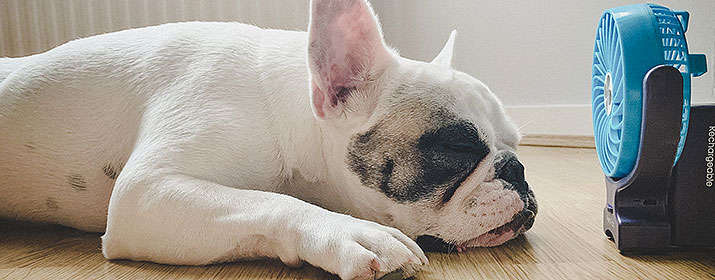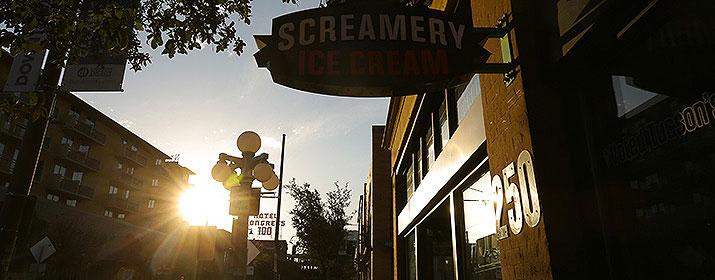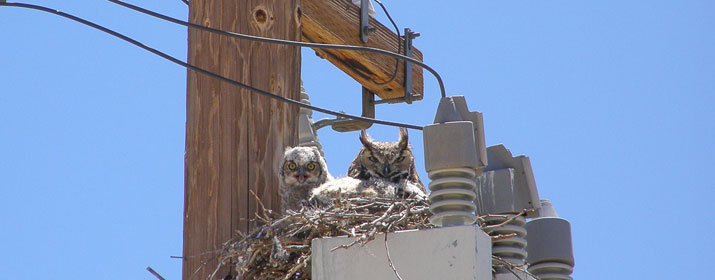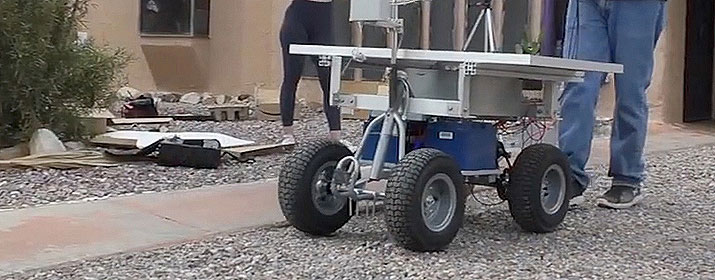
Hot summer weather often leads to higher energy bills. Here are seven energy-saving steps you can take now to help keep your home more comfortable and your energy bills in check as the temperature starts to climb.
1. TLC for your AC.
Cooling costs drive your energy bills higher in the summer. Make sure your air conditioning unit is operating efficiently with an annual tune-up. You may even qualify for a rebate if you go through TEP’s Efficient Home program. Dirty or clogged air filters make your unit work harder, so be sure to replace your filter monthly or as recommended by the manufacturer. Also, consider setting your thermostat a bit higher. The U.S. Department of Energy (DOE) recommends 78 degrees in the summer, or higher if you can safely tolerate a warmer home. Installing a smart thermostat, which automatically adjusts the temperature to your schedule and preferences, can lower your energy costs by 20 percent and often pays for itself within one year. Receive a $35 rebatefrom Tucson Electric Power when you purchase and install a qualifying smart thermostat in your home.
2. Plant shade trees.
Passive cooling is another strategy to stay cool, and thoughtfully planting shade trees can reduce your summer energy costs by up to 20 percent. TEP residential customers may order up to three 5-gallon shade trees for a discounted price of $5 each by logging into My Account. For more information on our trees program as well as planting and care instructions, visit com/trees-for-you.
3. Be mindful of indoor energy use.
Start with a sweep of your rooms to replace your inefficient light bulbs with LEDs. They’re just as bright but use less energy and run much cooler than incandescent and CFL bulbs, helping to reduce your cooling costs. Purchase discounted LED bulbs at local participating retailers such as Lowe’s, The Home Depot and Walmart. Your next step is to reduce indoor heat sources. Big screen TVs, ovens, clothes dryers and dishwashers radiate extra heat in your home when you’re trying to cool it down. Turn off the TV when you’re not watching it, grill outdoors or use the microwave oven instead of cooking inside, and run your dryer and dishwasher at night when it’s cooler.
4. Invest in a variable-speed pump.
Pool owners should consider investing in a variable-speed pool pump that runs at lower speeds and uses less energy. They also can be programmed to run during off-peak hours, when energy is less expensive on TEP’s time-of-use pricing plans. If you have a single-speed pump, try reducing the run time by 30 minutes to determine how long it actually takes to keep your pool clean. You might need to run your pool pump just a few hours a day.
5. Pay attention to windows and doors.
First things first: To keep your home cooler, keep exterior doors and windows closed tightly and close the blinds in the morning before it gets hot. Next, make sure to caulk and weatherstrip around windows and doors. Repair or replace old, dried out caulk and weatherstripping to ensure a tight seal. Finally, install awnings or sun shades. According to the DOE, window awnings on south- or west-facing windows can reduce solar heat gain in the summer by 60 percent or more. Light-colored and tightly-woven synthetic fiber awnings or sun shades with grommets or vents are the most effective for keeping heat away from your home.
6. Use fans.
Using ceiling or whole-house fans are a good way to keep cool air circulating in the rooms that you’re using. Many ceiling fan models have switches that allow you to change the rotation of the blade. Run the blades counter clockwise in summer to draw up cooler air from the floor.
7. Consider one of our programs for more predictable bills and discounts.
Electric bills can vary greatly from season to season, creating stress for your family budget. Budget Billing levels out the peaks and valleys and allows you to make the same monthly payment year-round based on your average monthly usage. That way, you’ll know ahead of time how much to budget for your electric bill, even in the summer. You also can consider using a pricing plan that allows you to reduce your bills by shifting their energy usage habits. Two of the plans include time-of-use rates that offer discounts for usage during off-peak hours. And two of the plans pair reduced energy charges with a “demand” charge that rewards customers who can limit their concurrent use of large appliances during on-peak hours. Learn more in this short video.






